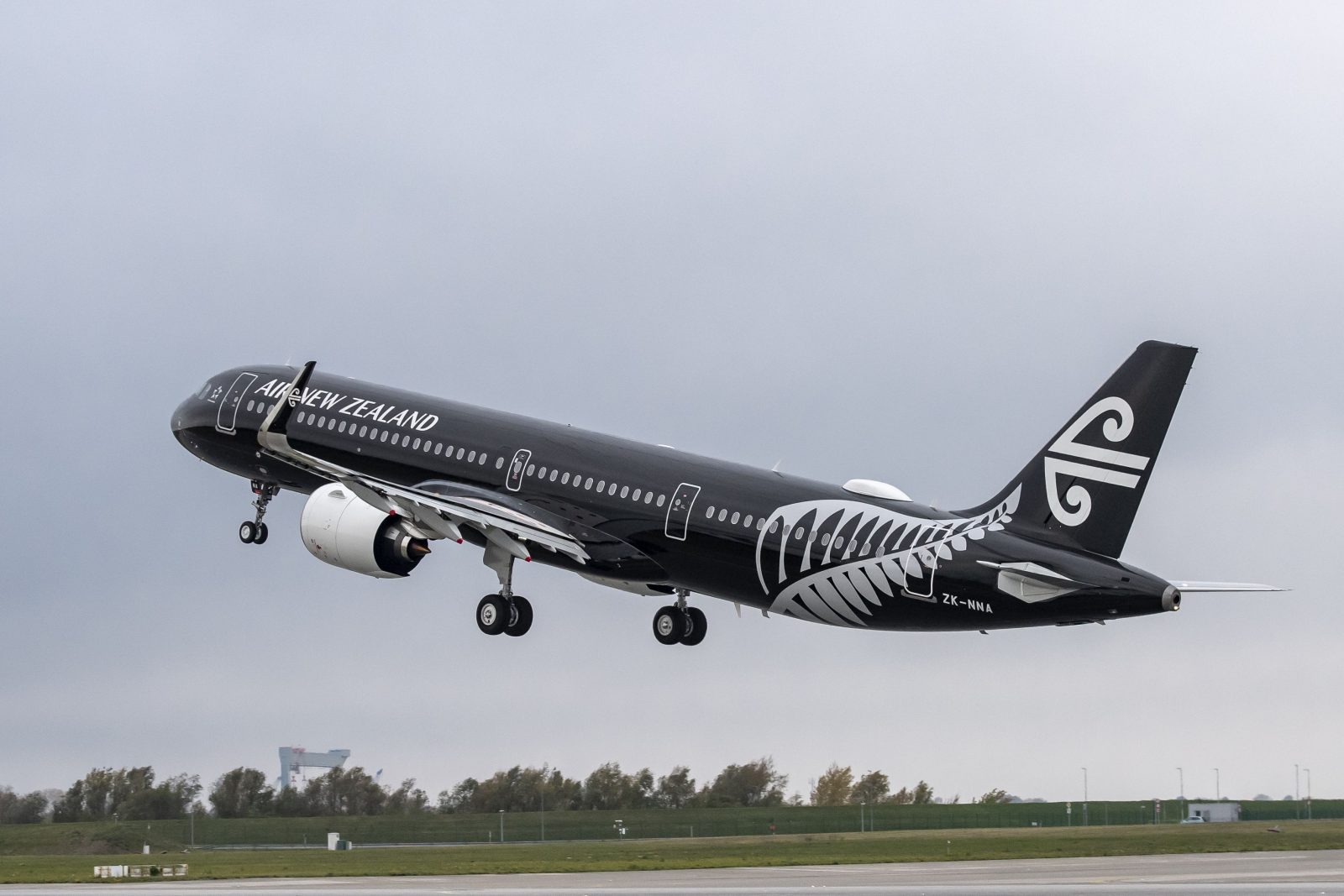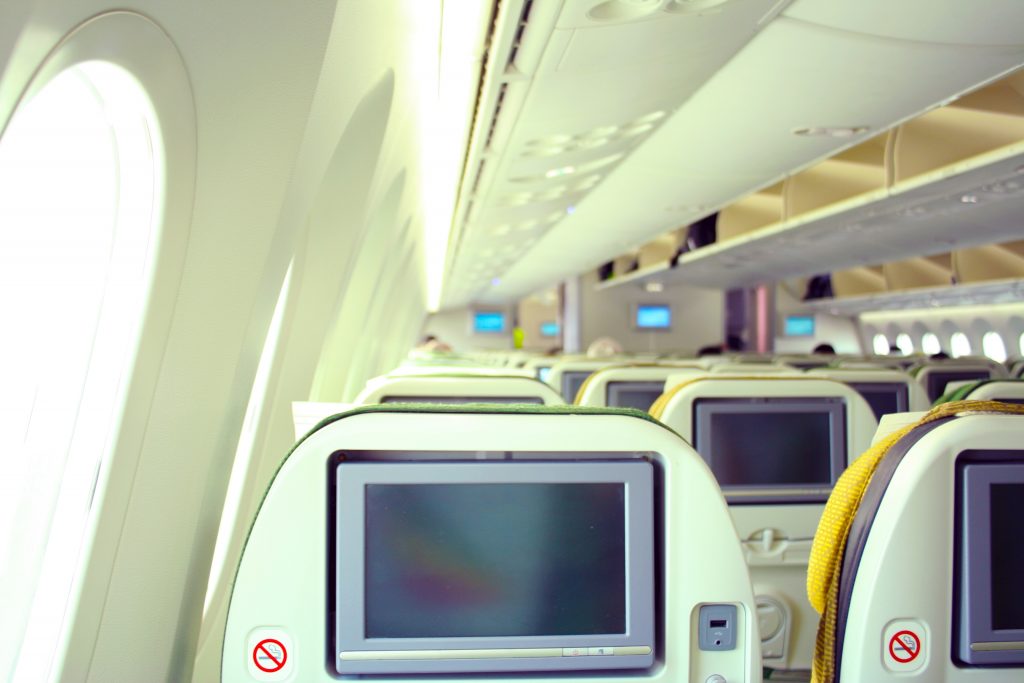
Several airlines are now offering ‘social distancing’ options to comply with government directives to keep people as far away from one another as possible to limit the spread of the Coronavirus pandemic. Air New Zealand said it was amending seat maps to ensure passengers weren’t seated next to one another, while both Cathay Pacific and Virgin Australia said they would give “options” for passengers to have an empty seat next to them.
Some of these social distancing measures are largely academic because passenger loads are so light but Air New Zealand has faced new difficulties after the New Zealand government announced a Level 4 alert because of the Covid-19 outbreak.

The Level 4 alert is the highest available and means “the disease is not contained and there is a risk of widespread outbreaks.” From Wednesday, people will be ordered to stay at home, schools will be shut and air travel will only be available to “essential services”.
Air New Zealand’s chief revenue officer, Cam Wallace said the airline was putting larger aircraft on domestic routes in order to facilitate the travel of as many people as possible, especially students, who needed to get home before the tightened restrictions came into effect.
However, redeploying widebody aircraft on domestic routes, Wallace warned that capacity was still being impacted because of the social distancing rules that seriously impact the number of passengers each plane can carry. “We appreciate people are desperate to get family and friends home,” Wallace said in a Twitter message on Monday.
“We have put larger planes on some routes tonight and are doing the same tomorrow, we ask that customers who don’t attend to travel, please cancel your bookings. No show rates are high and capacity is down due to the distancing profile of flights,” Wallace said in another Tweet.
Taiwan’s Eva Air and Air China are now ordering all passengers to undergo forehead temperature checks before they are allowed to board a flight. Passengers are also expected to wear a face mask throughout the flight to “minimize the risk of infection,” although passengers will be able to remove masks during meal services.
Some airlines flying to mainland China in a massive repatriation effort of Chinese nationals from Europe and the United States are also carrying out forehead temperature checks throughout the flight as well.
While passenger demand has slumped to unprecedented levels, some planes are still taking off with only a few empty seats because schedules have been slashed so much that passengers who need to travel are being forced onto just a few select flights.
Last week, the president of the Association of Professional Flight Attendants, which represents crew at American Airlines criticised the airline for putting her members at increased risk because the airline has squeezed more seats on many of its planes in the last few years.
“Social distancing is not only impossible in our workplace, it puts our flight attendants at more risk of contracting COVID-19. We are lucky to maybe get a few inches’ worth of distance, much less 6 feet,” Lori Bassani said of the situation.
“To exacerbate that situation, our company designed the interiors of our aircraft by stuffing in as many seats as possible,” Bassani continued.
Related
Mateusz Maszczynski honed his skills as an international flight attendant at the most prominent airline in the Middle East and has been flying ever since... most recently for a well known European airline. Matt is passionate about the aviation industry and has become an expert in passenger experience and human-centric stories. Always keeping an ear close to the ground, Matt's industry insights, analysis and news coverage is frequently relied upon by some of the biggest names in journalism.







